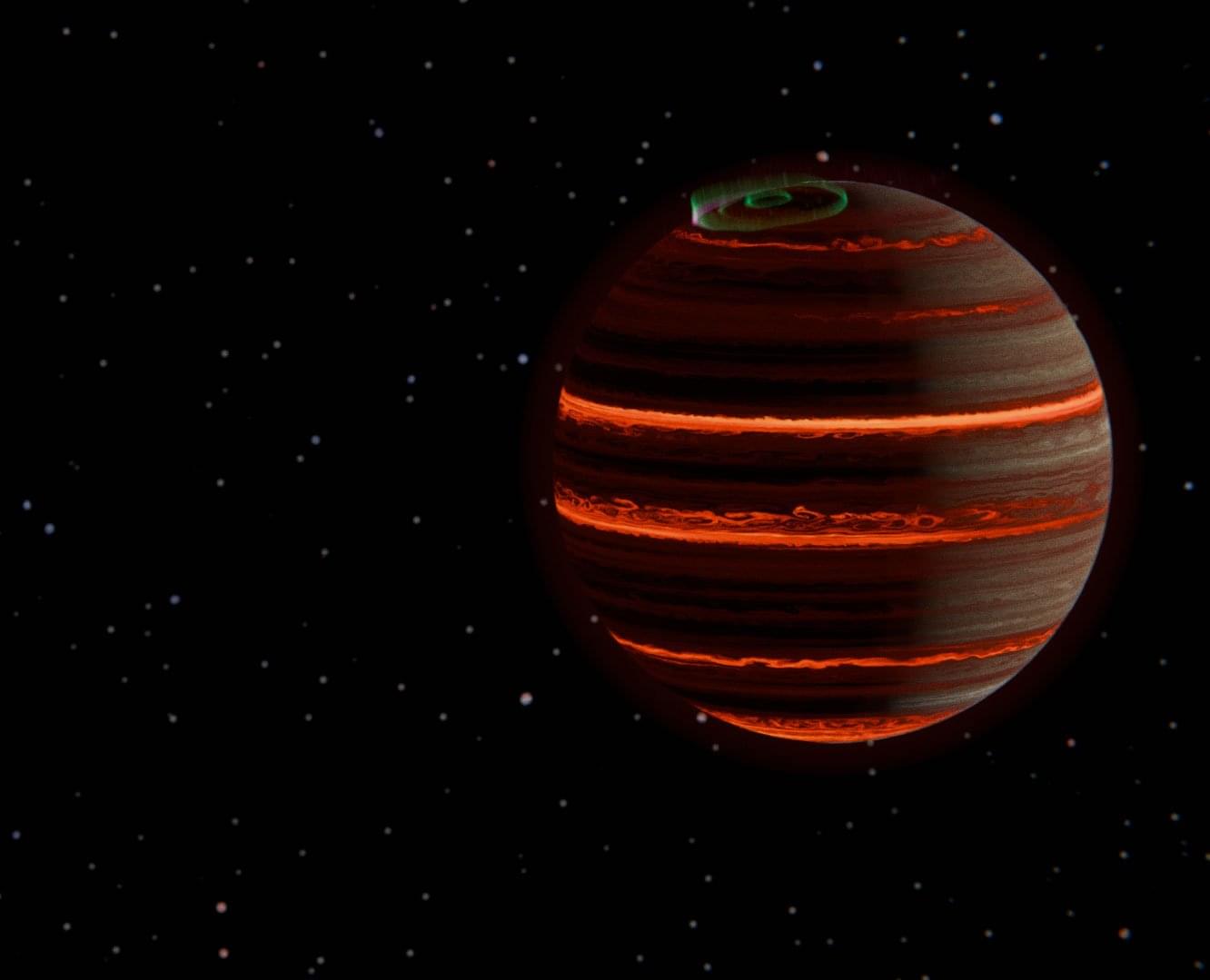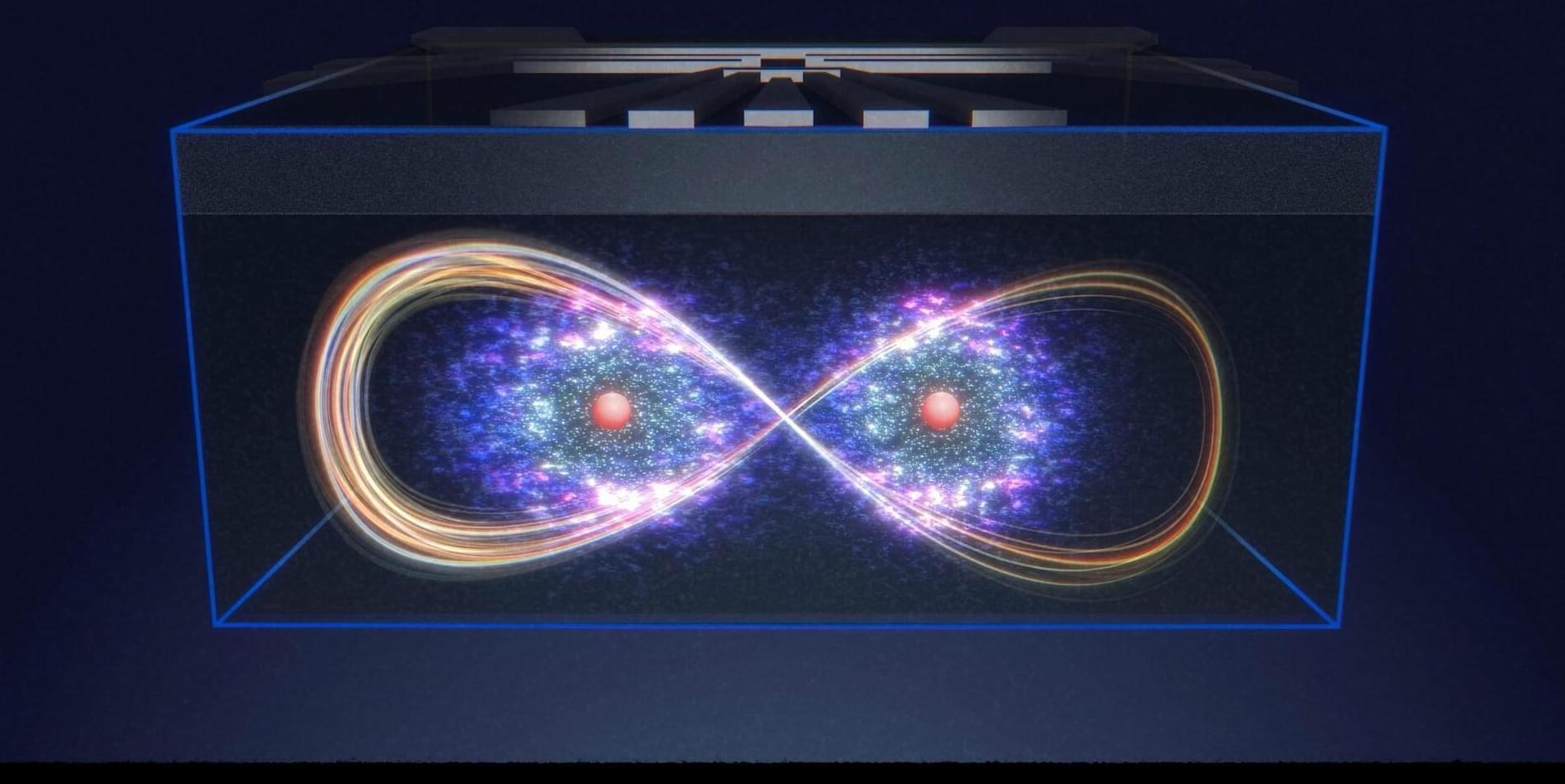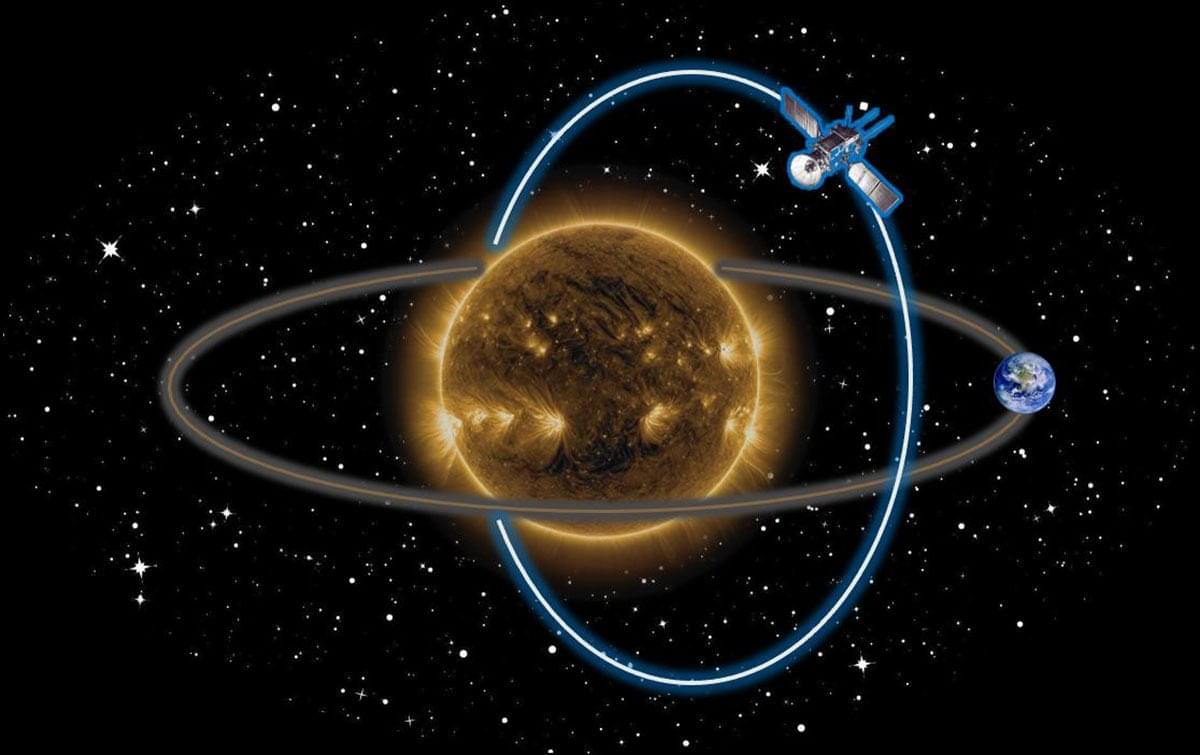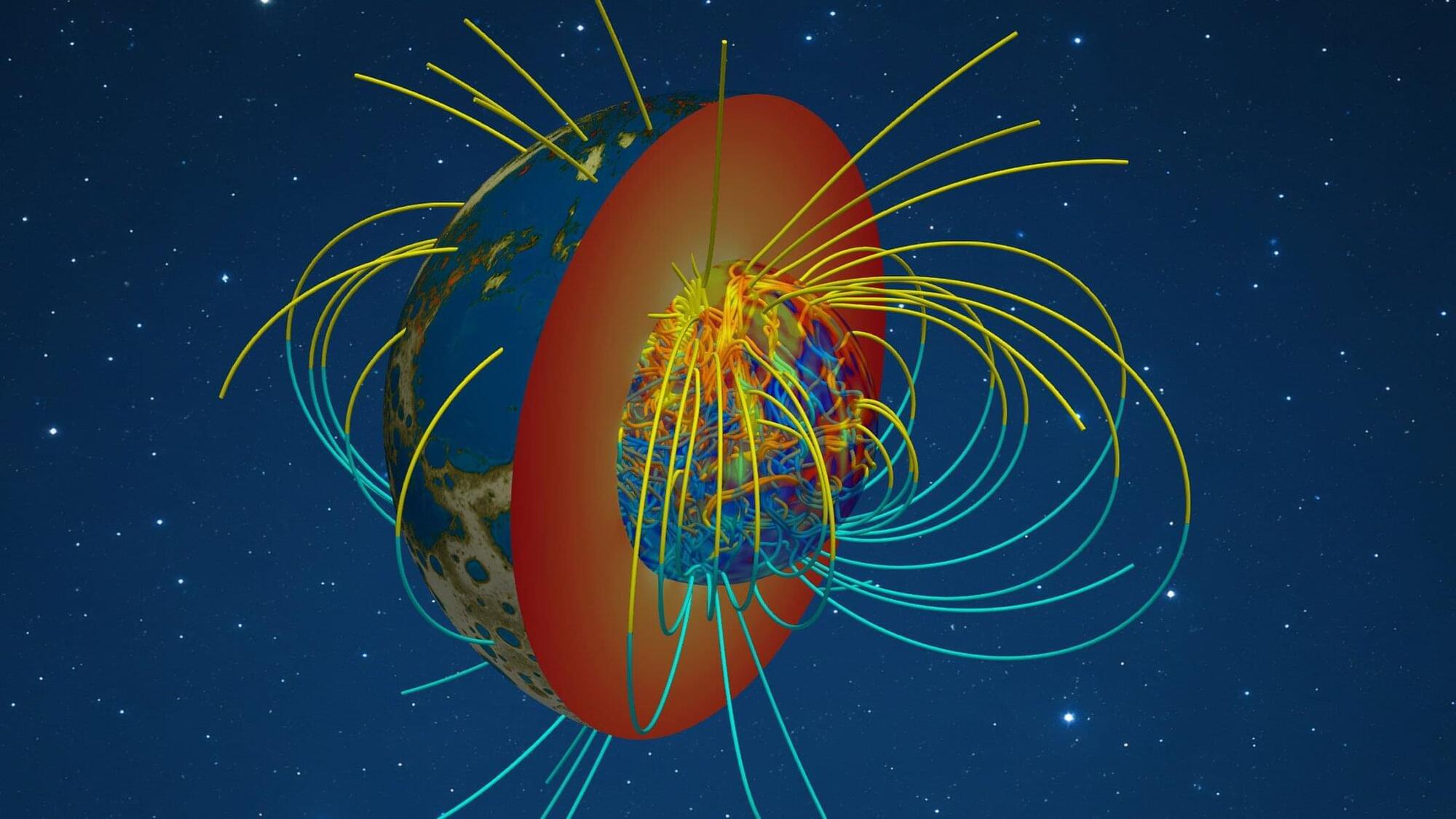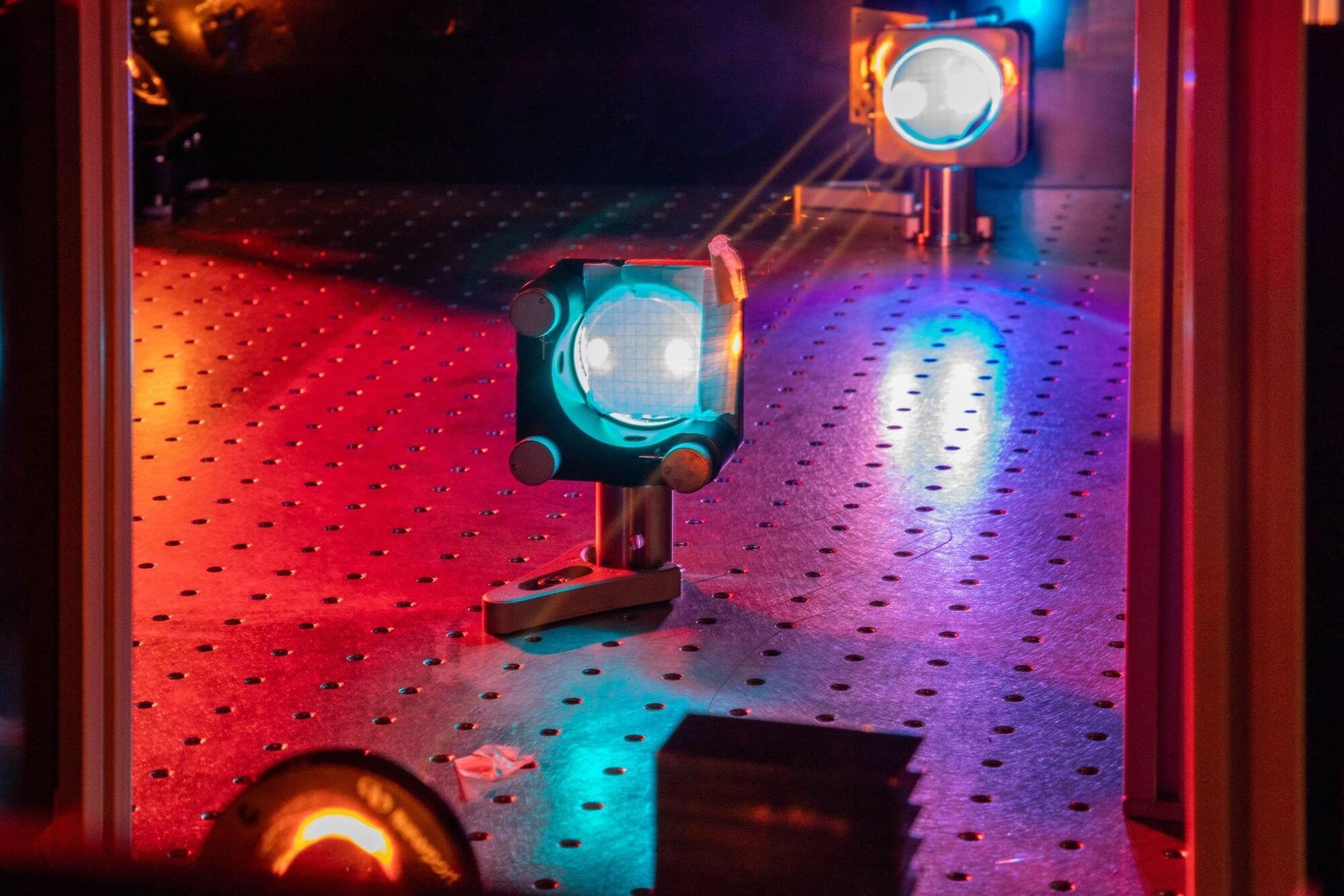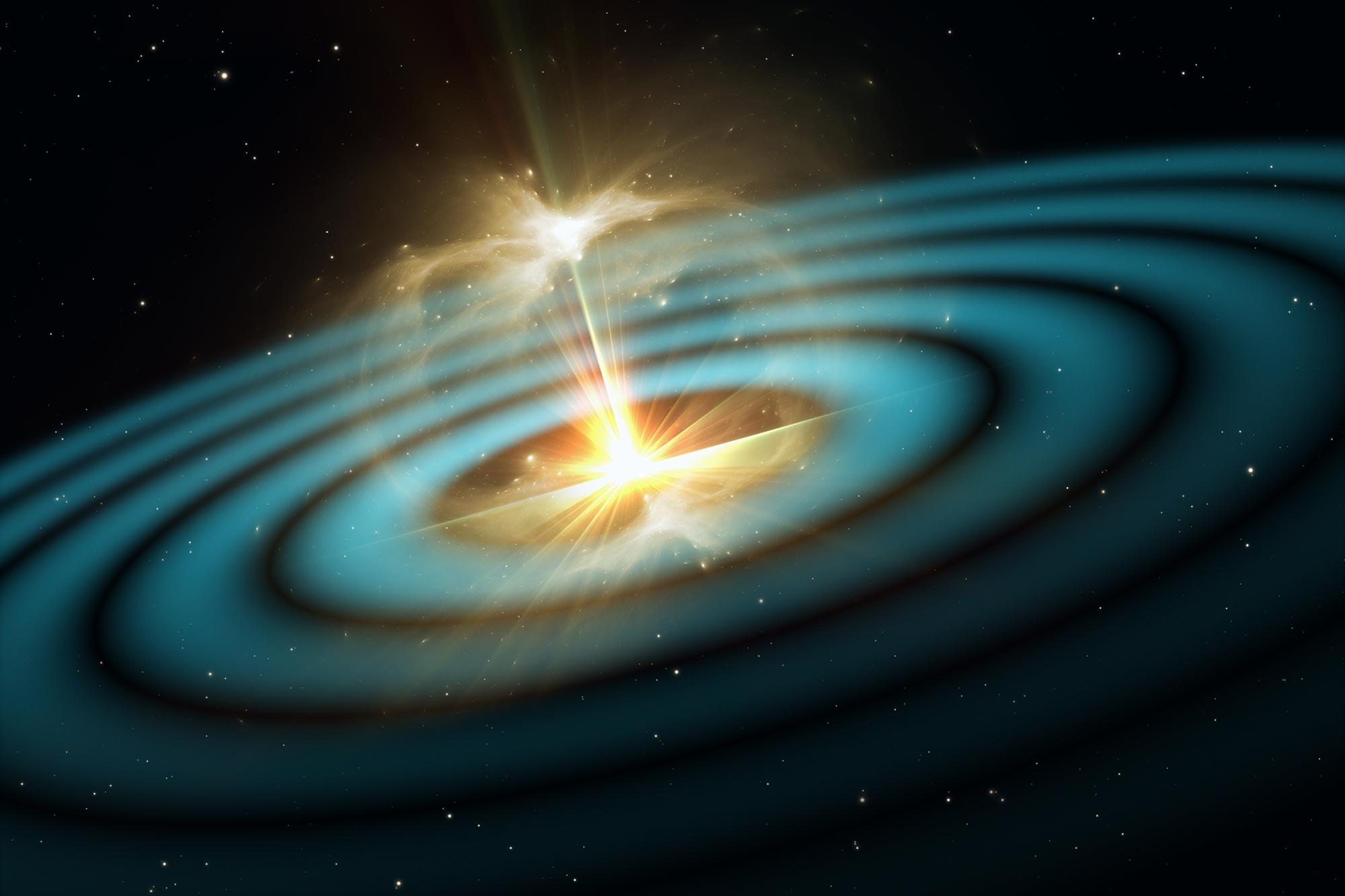Brilliant aurora-like displays, much like Earth’s Northern Lights, are the highlight of an unusual weather forecast. Instead of coming from a television studio, this report originates from a distant world beyond our solar system.
Astronomers at Trinity College Dublin used the NASA /ESA/CSA James Webb Space Telescope to investigate the turbulent atmosphere of a nearby free-floating planet known as SIMP-0136.
With the telescope’s highly sensitive instruments, researchers were able to measure tiny variations in the planet’s brightness as it spun. These subtle shifts revealed information about its temperature, cloud cover, and chemical makeup.
